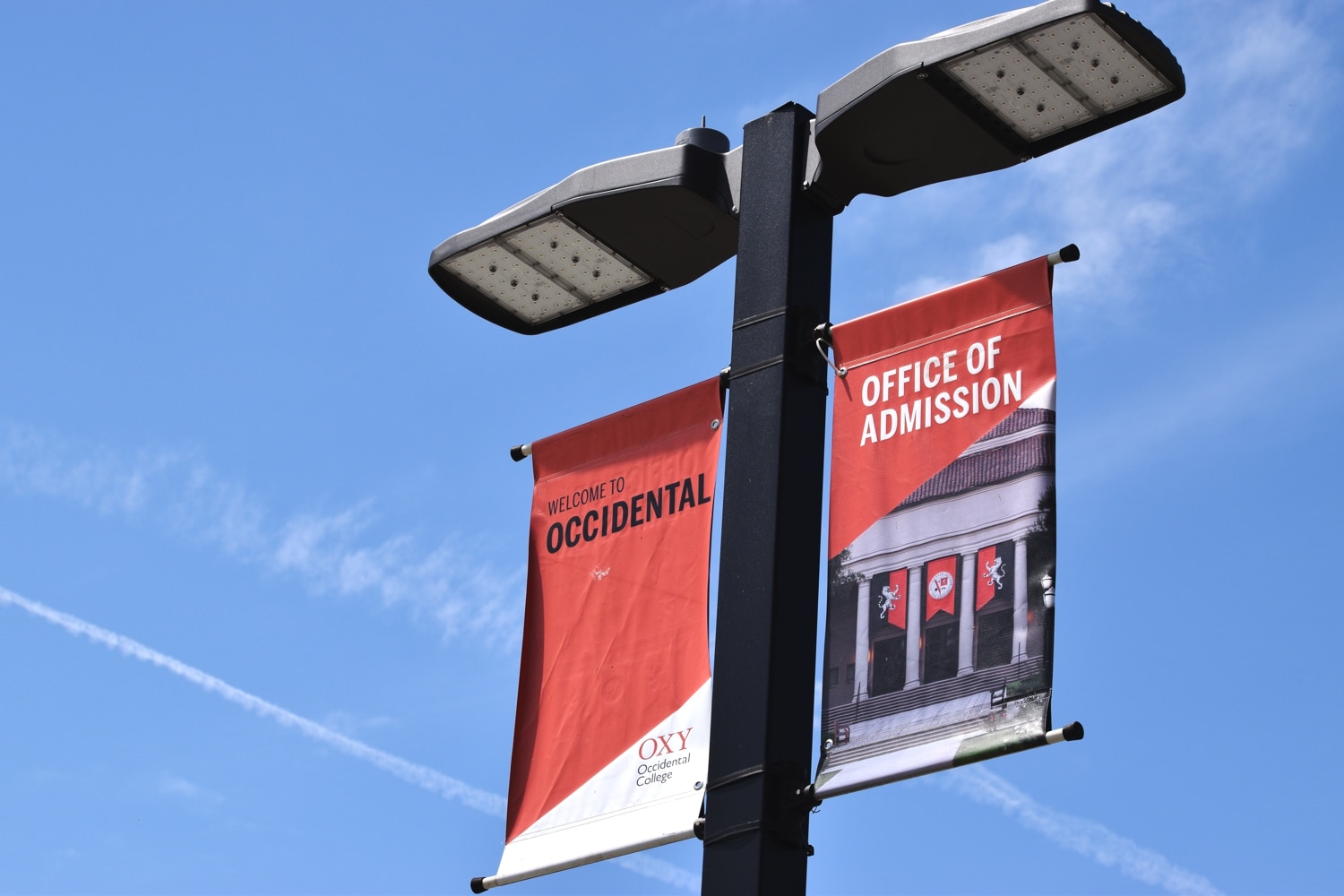I grew up in Denmark, where I was taught that Greenland was an integral part of our kingdom and that the Greenlandic people viewed themselves as being no less Danish than someone born in Copenhagen or Aarhus. However, as I got older it became increasingly plain to see that this narrative didn’t necessarily reflect reality.
A desire for national independence in Greenland has existed since the days of direct Danish colonial rule — Greenland was integrated as an autonomous territory in 1953 — but in recent years, it has grown to unprecedented proportions. A study from 2025 showed that 84 percent of the Greenlandic population favored independence from the Kingdom of Denmark, and Greenland’s most recent election saw the victory of the unapologetically pro-independence premier Múte B. Egede, who leads the socialist Inuit Ataqatigiit party.
Part of what has been animating the pro-independence movement is a series of inquiries into Danish human rights violations in Greenland. Investigations in recent years have revealed that the Danish government carried out a eugenics program against Greenlandic women in the 1970s and that Danish authorities have been forcibly removing Greenlandic children from their parents and transferring them to Danish homes, often with flimsy justifications.
The disclosure of these injustices to the public has already highlighted a rift in the way that Danes and Greenlanders understand the nature of our relationship. However, it is the most recent blow to Danish-Greenlandic relations that may be the straw that breaks the camel’s back and finally tips the scales in favor of concrete action towards independence.
The latest crisis began in early February with the release of the documentary “Greenland’s White Gold” on DR, the biggest public broadcaster in Denmark. The documentary investigates the exploitation of Greenland‘s mineral resources by Denmark during the 20th century and initially did not garner significant attention. This changed when a number of Danish economists criticized the film’s claim that Denmark had earned 400 billion DKK through the exploitation of mineral deposits in Greenland. According to economists, this number was misleading because it did not account for the initial investments necessary to start the mining of the mineral deposits and only measured the gross turnover of the mines. Soon after, conservative media outlets in Denmark seized on the opportunity to criticize the documentary for supposedly containing misinformation. Within weeks, DR was forced to publicly apologize for its publication, and the editor in chief resigned in disgrace.
While the scandal surrounding the documentary sparked accusations within Denmark of a leftist political bias within the DR editorial board, the reaction in Greenland was very different. Greenlandic politicians acknowledged the numeric error in the documentary but criticized the media circus surrounding the documentary for distracting from the fact that Denmark did indeed profit significantly from the exploitation of Greenlandic resources, regardless of whether the exact profit from that exploitation was 400 billion DKK or a somewhat lower number.
The discourse around this issue reveals a gap in the way Danes and Greenlanders think about our shared history. When discussing the topic of Greenland, the Danes are often extremely concerned with proving how much Greenland relies economically and militarily on Denmark. There is rarely an attempt to understand why Greenlanders do not wish to continue to be a part of Denmark, even if independence might mean economic turmoil and security issues.
If the concerns brought up by Greenlandic politicians about how the documentary scandal was handled had been seriously considered, perhaps it could have sparked a serious debate in the Danish media about how we engage with Greenland and opened a pathway to better communication. However, this is decidedly not what happened.
Instead of responding to the Greenlandic criticisms of the pullback of the documentary, DR released a short “satirical” sketch in reference to the scandal. In the sketch, a white woman wearing traditional Inuit clothing and face paint is shown hysterically ranting about Danish exploitation of Greenland and repeatedly using the racial slur “eskimo.”
The reaction in Greenland was extremely negative. The sketch was condemned by Greenlandic politicians across the political spectrum as racist and arrogant, and several expressed disbelief that it was allowed to air on state-owned media. However, the Danish minister of culture defended the sketch, implying that the Greenlandic response was an overreaction and rebutting that “Greenlandic comedians also criticize Denmark in their material.” Predictably, this was not received well in Greenland, and in recent days, protests have broken out in Nuuk against what the Greenlanders perceive as colonial arrogance.
The failure of the Danish media and government to take any sort of responsibility for this diplomatic crisis is emblematic of a much deeper problem in the way we engage with Greenland. Although Greenland is no longer a colony of Denmark, there is still a profound unwillingness on the part of the Danish government to listen to Greenlandic voices and to take their interests seriously in the political field.
Greenland is currently heading towards an election which will likely determine whether it stays a part of the kingdom or move towards independence. The Danish reaction to this crisis has shown why the latter is the more likely, and perhaps preferable, option.
Contact Adam Zahavi Pildal at pildal@oxy.edu
![]()



































